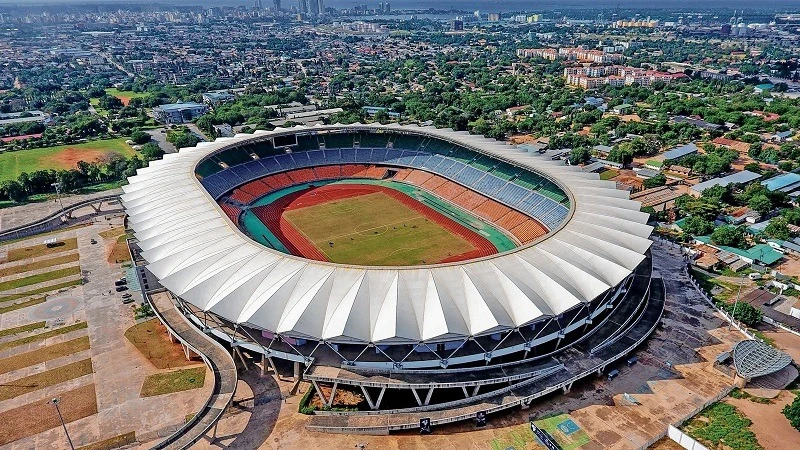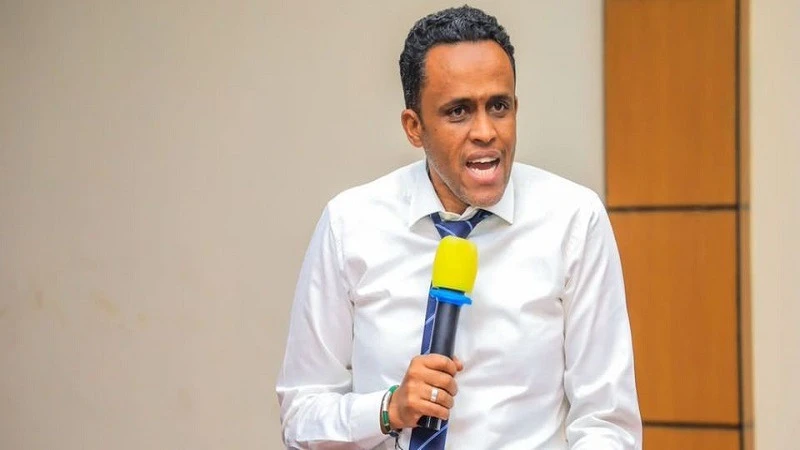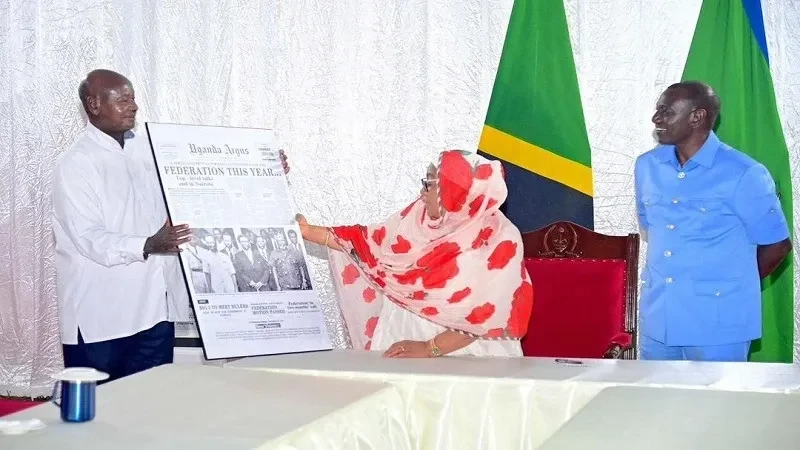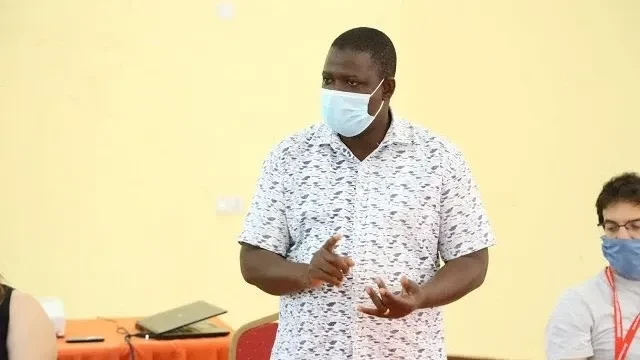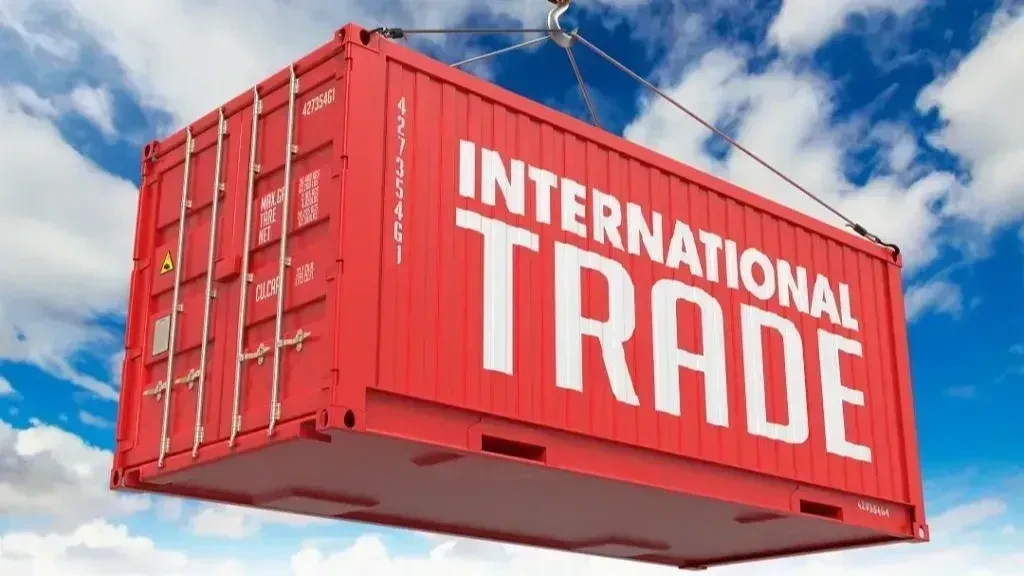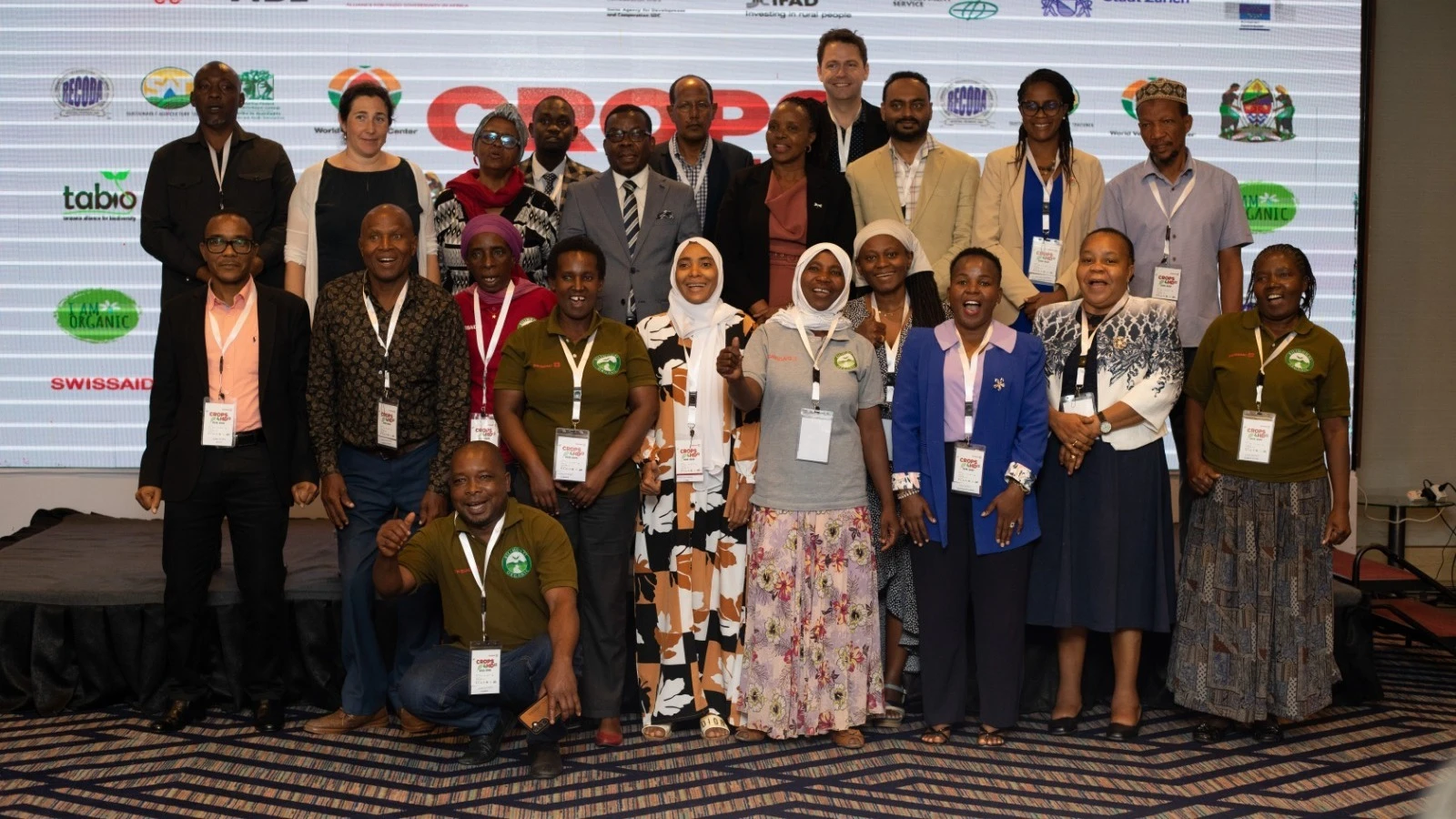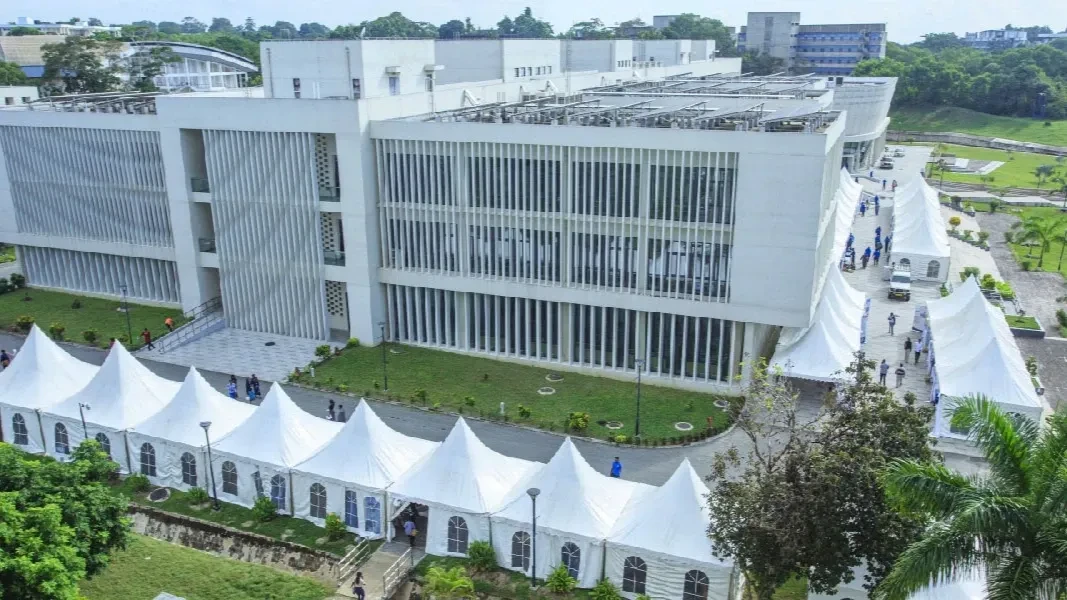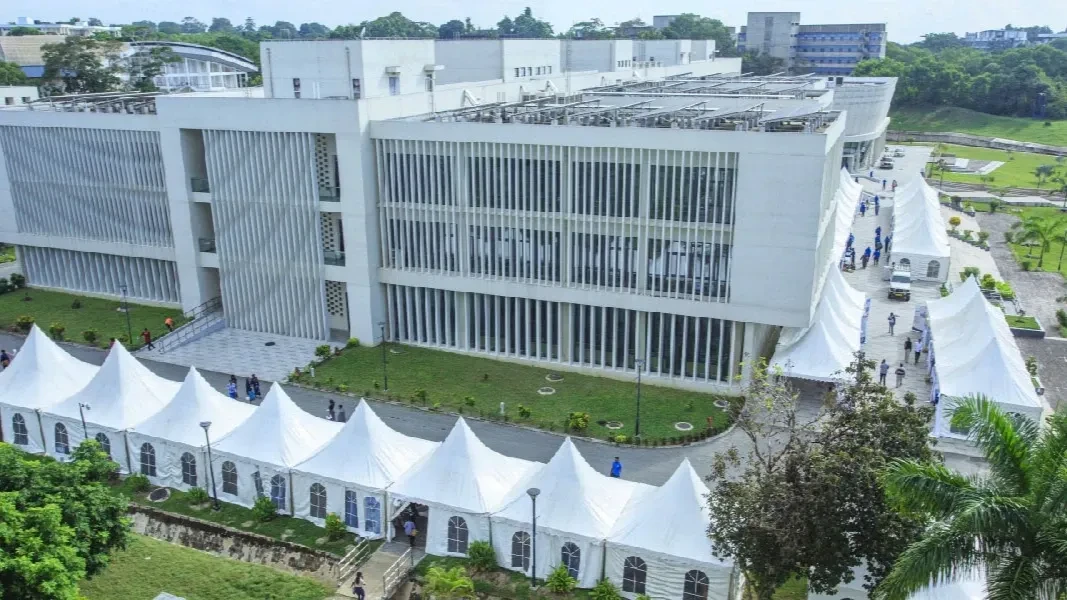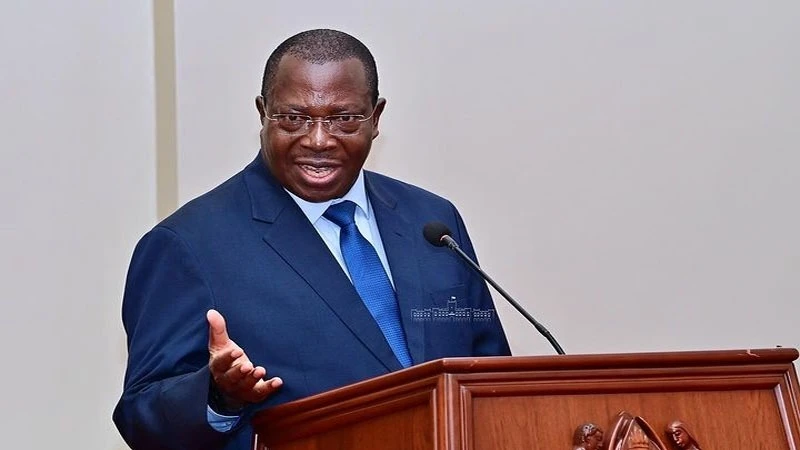Digital shift project tying up with 898 entities creates capacity for modernity

DONOR speak as it is often described has since the late 1990s created the concept of capacity building, where there is some local news to celebrate right now. There is a $150m Digital Tanzania Project (DTP) that has now been connected with key digital systems of 898 corporate entities and public agencies. Top officials in the project and kindred or stakeholder organisations are upbeat on the project’s potential for enhancing efficiency in service delivery chiefly in public institutions, especially by the use of mobile phones. In that language it is modernity itself, identified with reform.
A pivotal stakeholders’ meeting in Dar es Salaam was told lately that the project has enabled seamless connectivity within government agencies and private sector institutions. Officials from the Treasury, the President’s Office, e-Government and other entities especially in communications were upbeat about the DTP digital systems across public and private institutions enhancing interoperability and setting the stage for a nationwide digital transformation. Yet not many would have noticed that there is potential discrepancy, even non-relation, between digital capacity and real growth.
To figure out how much can be done via this system, it is true that digital integration as a vital project but its potential is realised only when it is accompanied by proper reforms. To be sure, few public officials ever question reform in their communication efforts, but when progress is digitally premised, that overlaps and interactive ability to communicate is the highway to modernity by the year 2030, there is a problem in that intuition.
Officials talk of reform not in how real efficiency is raised but ease of communication, and at other levels seek compliance from the public as the solution to certain ills, whereas compliance with world markets or capital markets demand is vital.
The fact that DTP vastly improves service delivery, as a five-year initiative that is now over 90percent complete, possibly up and running before its scheduled October 2026, completion date being the public or analysts to see the trees that hide the forest.
The issue is that any sector that one listens to their presentations on successes during the past four years, two facets come up, infrastructure and digital shift. Plenty of work has been done in that direction, providing temporary jobs for thousands of youth involved in building such infrastructure, and after it is over they barely have means to restart.
A leading academic once holding a top position in the World Bank and US top advisory posts once visited Tanzania and held discussions with leading researchers and academics in the city, and his pointed thrust was capacity building and revenue collection. The thrust of his remarks was that when there is sufficient capacity, errors in service delivery governance will be diminished, as an underlying view is that all this is a problem of administrative or technological capacity.
That isn’t what reformists say, as they are aware that there are issues of administrative disposition that can’t be solved by interconnection or interoperability but competition at all levels, first to reinforce economic efficiency and then reset the rules in procurement or reporting of results.
The broader goal of the project is explained as mainly the need to build robust digital infrastructure, simplify citizen access to government services and position Tanzania in a competitive position in the global digital economy. In other words global economic links – where the regional limitations have been surpassed, presumably – are assured by digital links as competitiveness. Those handling the concept closely are unlikely to agree as competitiveness is grounded in credit to industry, tech prowess plus markets.
Top Headlines
© 2025 IPPMEDIA.COM. ALL RIGHTS RESERVED


